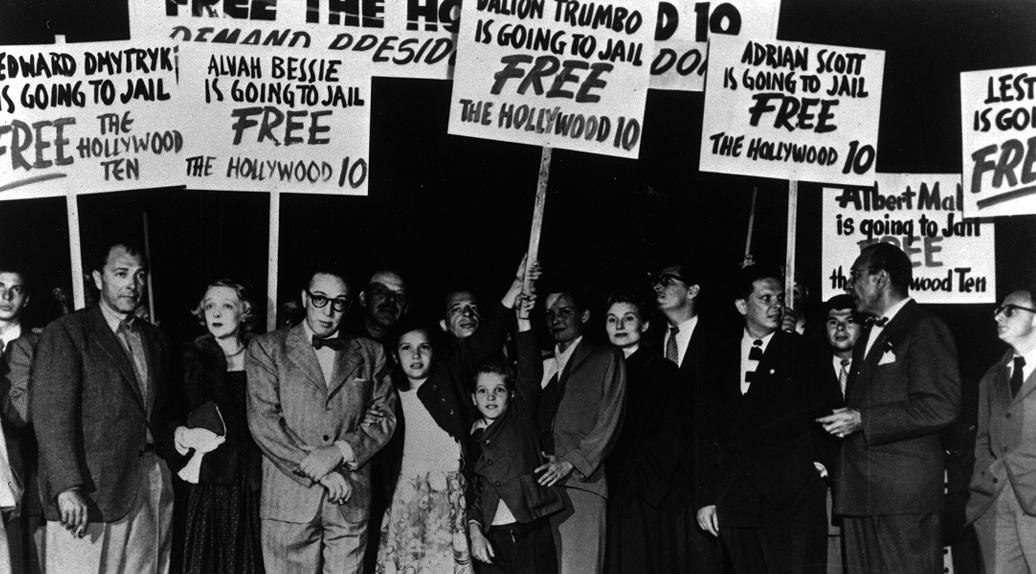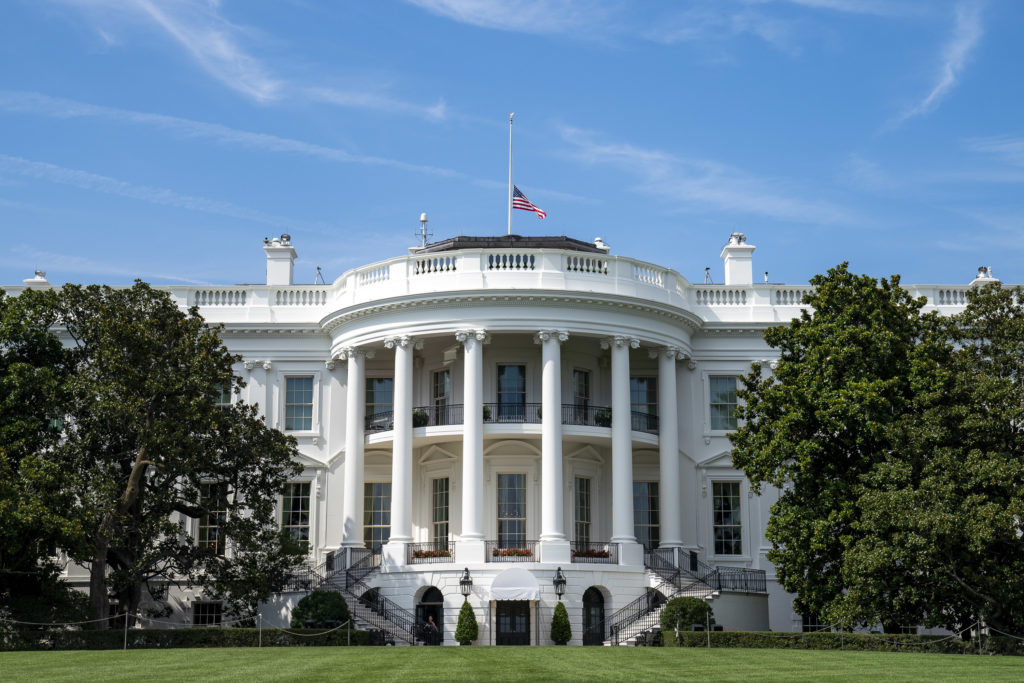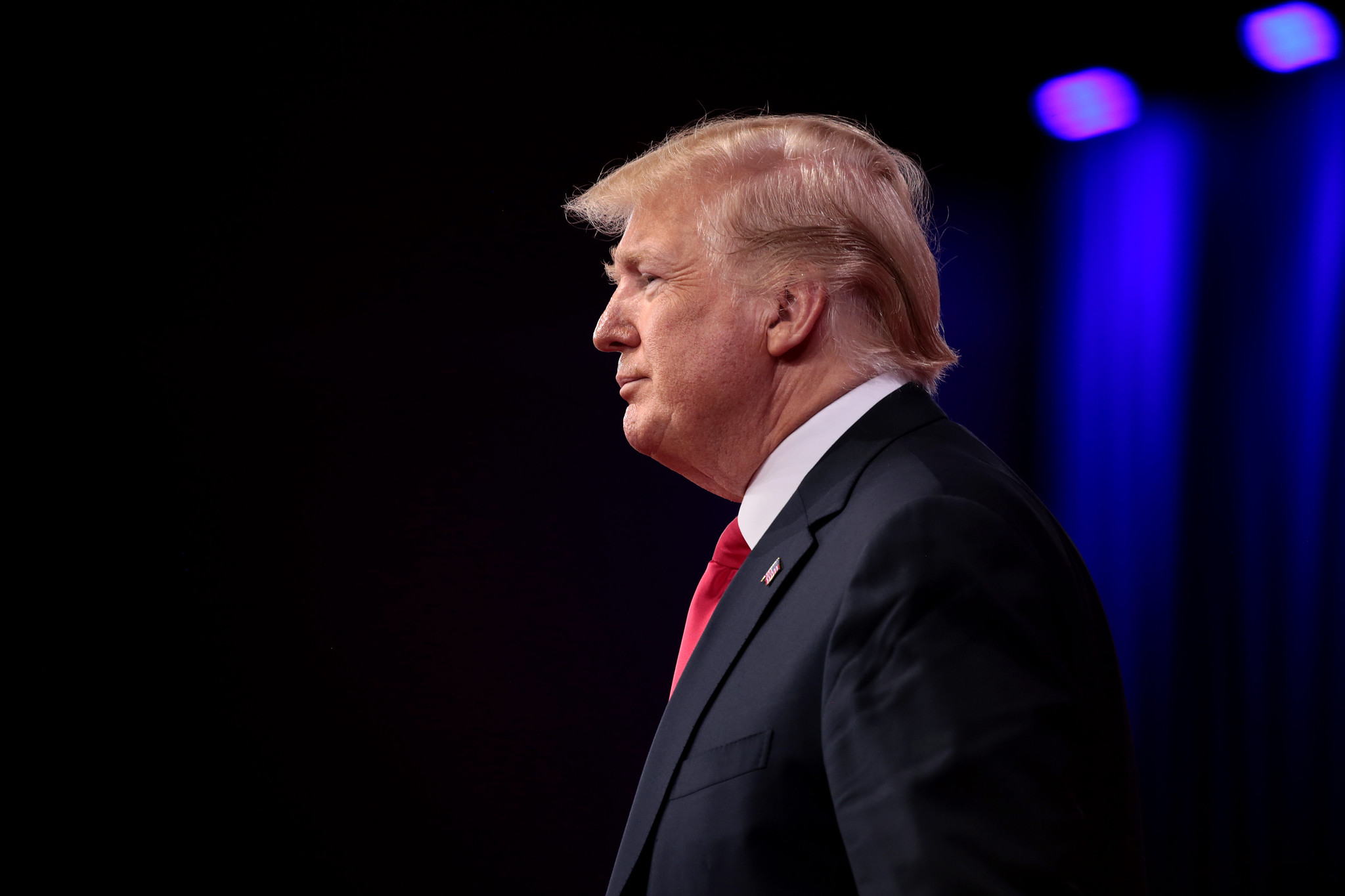How Far Will Campaign Finance Deregulation Go?
A review of Ann Southworth, “Big Money Unleashed: The Campaign to Deregulate Election Spending” (University of Chicago Press, 2022).

Published by The Lawfare Institute
in Cooperation With

In a 2023 Pew survey, 85 percent of Americans agreed that the cost of political campaigns prevents good people from running for office. Lopsided majorities agree with a range of other propositions suggesting that there is too much money in politics and that limits should be placed on campaign spending. At the same time, as David Primo and Jeff Milyo show, most Americans know little about campaign finance law, and most put campaign finance near the bottom of the list when asked to rank their political priorities.
This paradox is both cause and consequence of the decades-long campaign that Ann Southworth describes in “Big Money Unleashed: The Campaign to Deregulate Election Spending.” Southworth, a professor of law at the University of California Irvine and the author of “Lawyers of the Right: Professionalizing the Conservative Coalition” (2008), has a superb historical grasp of the development of conservative litigation strategy in the late 20th and early 21st centuries. In the introductory chapter of “Big Money Unleashed,” she compares her inquiry to work by Mary Ziegler on the anti-abortion movement and Amanda Hollis-Brusky on the Federalist Society and the Christian right. Like these two authors, Southworth is interested in the step-by-step development of the conservative legal movement. Unlike these authors, however, Southworth proposes that the movement to deregulate campaign finance is larger than that behind any other conservative issue. Deregulation advocates convinced a host of seemingly unrelated advocacy groups—including some on the right, such as gun rights advocates and anti-abortion groups, as well as some more closely associated with the left, such as the AFL-CIO and the American Civil Liberties Union—that repealing the campaign finance laws of the 1970s would further their agendas. The question that frames “Big Money Unleashed” is how this coalition was assembled. What was in it for all of these groups? And will this deregulatory coalition persist despite the fact that the Republican Party has undergone such a radical change since 2016?
The first half of Southworth’s book proposes a three-part history of the attack on campaign finance regulations. First, “entrepreneurial scholars” and lawyers developed arguments that could be used to reinterpret campaign finance law. Initially this was an uncoordinated process, but gradually some arguments won out over others—they were simpler propositions, they drew upon accepted political values, or they just made more sense. Think tanks and other large donors sought to cultivate particular points of view, and the dominant legal frame for deregulation emerged. Second, opponents of the current campaign finance regime in the U.S. Senate or in the donor community recruited other participants, building new organizations and recruiting and training collaborators who had other principal interests. And third, this coalition began to strategically develop test cases to see which approaches would work in the courts, to find sympathetic plaintiffs, and to learn from these efforts what the best avenues are to push the law in new directions.
In offering this history, Southworth builds on prior histories by Robert Mutch, Raymond La Raja, and Wayne Batchis. She also demonstrates that the deregulationists’ strategy was consciously modeled on the NAACP’s civil rights litigation strategy—it is a legacy, in a way, of Brown v. Board of Education and the cases that followed. There is a template for how to construct a legal movement, but it of course requires an enormous cast of players and lots of money. Southworth’s account of this strategy is not entirely original. In contrast to some of the other histories, however, Southworth lets many of the participants do the talking—the core of her historical analysis rests on her interviews with 52 lawyers on both sides of the conflict.
There are many benefits to having this account. Southworth’s access to a diverse group of participants—proponents as well as opponents—enables readers to learn about the strategy discussions that went on within the movement. Her interviewees all remain anonymous, which enables them to open up a bit on how they view the motives of Democratic allies, the Tea Party, or conservative issue groups; to explain the place of tweaks to the law such as the establishment of separate party funds for recounts and other litigation; or to ponder the motives of other attorneys or members of the Supreme Court. Perhaps they would have offered these thoughts on the record, but my sense is that they were more candid because of their anonymity.
The discussion in the second half of the book about themes within the movement is not as unified a narrative as is the book’s first half, but it offers some important and original insights that go well beyond the more historical material presented earlier in the book. Most consequential among the themes in the book’s second half is the demonstration that the language used by the opposing sides was quite different. Southworth analyzes party and amicus briefs and shows that the deregulation arguments relied heavily on claims about “speech” and “freedom” while the pro-regulation arguments were reliant on claims about “equality” and cognate terms. The deregulation argument was, she argued, clearer and more effective. It also built on decades of work in formulating the argument, and it shaped, in turn, the language the Supreme Court used in explaining its decisions. American political elites today talk about campaign finance in terms of speech and freedom, while elites in other democracies use an entirely different conceptual framework.
Southworth correctly, in my opinion, builds on these findings to assert that efforts on the left to craft a new, simple, and more compelling rhetorical strategy are unlikely to succeed in the short run. She discusses what she sees as the two major projects on the left to reformulate the language of regulation: Larry Lessig and Zephyr Teachout’s writings on the meaning of “corruption” and Robert Post’s arguments about “integrity.” Southworth’s interview subjects express skepticism about both endeavors. As I have written as well, it is one thing to spend a few years slowly redefining the terms that one uses to discuss the role of money in politics; it is another to explicitly announce that you are doing it. Southworth quotes some reform advocates arguing that the real challenge is to push back on the “speech” frame that has been used since the 1970s.
Despite her dim view of the likelihood that these particular efforts will succeed, Southworth concludes the book by noting that she understands the impetus behind the reframings of Lessig, Teachout, and Post. One important aspect of these efforts is that they have at times crossed party lines. Although some of Southworth’s interview subjects are skeptical that people like Richard Painter or John Pudner are “real” conservatives or that they carry much weight in conservative or Republican circles, it is evident that the deregulation argument does not command unanimous support on the right. Southworth also notes that there is an appetite among many business leaders for voluntary disclosure or for taking steps to prevent themselves from being extorted by politicians. This was an argument raised over two decades ago by John McCain. McCain is of course unable to speak for himself in this book, but one might determine from Southworth’s concluding chapter that his views have not entirely vanished from conservative politics.
The challenge Southworth poses in the concluding chapter harks back to the historical story she has told in the first half—one of the crucial components of the legal strategy she has described is the training of potential judges and the development of language that these judges can use. As a result, the Supreme Court will be receptive to deregulatory arguments for decades to come. This fact not only has shaped the language of litigants on both sides but also suggests that the justices control the agenda more than ever. They are players, not umpires. Contribution limits, disclosure requirements, and long-standing prohibitions on political activism by judges are all on the table now despite the fact that even deregulation advocates accepted these regulations a decade or two ago.
“Big Money Unleashed” has some limitations, most of which are not the fault of the author. The book is an account of the deregulation movement on the right. There is some discussion of pro-regulation groups such as the Brennan Center and Democracy 21, and some interviewees likely come from these groups. Yet the campaign finance reform movement, which in many ways reached its zenith with the passage of the McCain-Feingold reforms in 2002, plays a supporting role. While Southworth’s mission in this book was to document the effort to undo regulations, the focus on the right can leave readers with the impression that the outcome here was overdetermined—that a right-wing conspiracy has steadily marched through our institutions with a clear goal in mind and a methodical plan for how to get there. This could in fact be the case, but most literature on policy change suggests that change is typically achieved with short-term goals in mind, and that there is more of a push and pull between the different sides. Sen. Mitch McConnell (R-Ky.), the eminence grise of the deregulation movement, was also tasked with leading the Republican Party in the Senate for much of this time, so it is not at all clear that he has a clear vision of the end goal. Even if one accepts the premise that McConnell or others are visionaries of a sort, it is hard to make the case that they foresaw the developments that would overtake their party or that they anticipated that they themselves would be sidelined in the conservative politics of the 2020s. To be clear, many of the books Southworth draws inspiration from also focus on the right, and there is good reason to do that, but one danger in this approach is that the right’s successes look inevitable in hindsight.
There is a secondary story in this book about the characteristics of lawyers. This was a major aspect of Southworth’s 2008 book, but it is somewhat underdeveloped here. The book contains several tables showing the characteristics of the author’s interview subjects or of the lawyers arguing on either side of some of the recent Supreme Court cases. It is hard to know what to make of these tables, however, and they are often not integral to the story. The one exception to this pattern—an exception that says much about the “separate universes” the author discusses—is her observation in Chapter 4 that Ivy League law schools and the coasts supply much of the legal talent for the pro-regulation side, while the Midwest has supplied many of the deregulationists. There is a larger story lurking behind this about changes in the party coalitions, the anger of conservatives at the Ivy League, and the worries of American higher education about a second Trump presidency. Perhaps in future work Southworth will say more about these alignments.
The book closes with some interesting reflections on the future of the campaign finance deregulation effort. Anti-abortion groups have gotten the Supreme Court they wanted and have subsequently been sidelined by political leaders. Gun rights groups are in disarray despite their policy victories. The Republicans have the richest man in the world, along with a few other eccentric billionaires, in their corner. But the Democratic Party has outraised Republicans by substantial amounts in presidential and congressional elections over the past decade. At some point, Southworth suggests, the deregulatory coalition will have to come apart. What will happen then? Southworth’s main point is no doubt correct—anyone who would pursue a new campaign finance regulation agenda must start by understanding how the forces of deregulation won, and they must start by constructing new rhetorical frames that can persuade judges.
Sourthworth also closes, however, by lamenting the absence of the public from this debate. Any new strategy must, she concludes, also bring the public into the debate. I would like this to be true, but I’m not sure that it is. This is so for three reasons. First (as Southworth knows), it is well established that the public knows little about campaign finance; despite the unpopularity of the Citizens United decision in most polling on the subject, it is not clear that the public can be enlisted in a campaign to rethink the decision. Second, many of the most serious scholars who study campaign finance tend to take a pluralist position—to argue in favor of approaches that would privilege parties over groups, that would exchange increased individual contribution limits or disclosure thresholds for greater transparency, or that would take other steps that are difficult to sell to the public. The recent task force report assembled by Larry Diamond, Edward Foley, and Richard Pildes offers a number of suggestions about campaign finance that exemplify this challenge.
Third, when the public is enlisted in pursuit of increased regulation, it is often disappointed by the results. Bruce Cain’s study of the campaign finance reform movement of the 1990s and 2000s shows the danger of mobilizing the public in support of changes to the electoral process. Because the political system tends to adapt to reforms, and because some reforms can take years or decades to show significant effects, supporters of these causes can lose faith and be demobilized or, in some cases, become radicalized.
None of these caveats are meant to diminish Southworth’s accomplishments in this book. There is a wealth of historical information available here to those seeking to understand how our campaign finance system has evolved (or devolved) over the past half century. Southworth provides compelling evidence of how legal strategies are learned—she offers persuasive evidence that the deregulationists have been successful because they learned so well from the NAACP’s civil rights litigation strategy. This suggests, of course, that scholars, policy advocates, and, well, the public could learn how to construct their own campaigns—including campaigns to counter the deregulatory agenda—by emulating their tactics. The trick is in acknowledging that (like civil rights, or women’s suffrage, or other major social movements) this could take decades.





